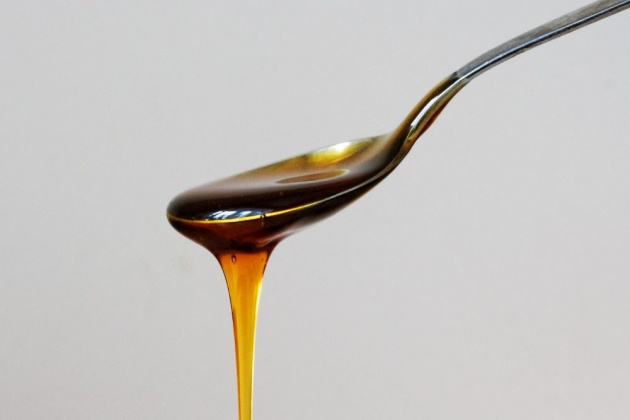 image source: www.pixabay.com
image source: www.pixabay.com
Hello, guys!
I was thinking what my next blog topic should be, and I decided to provide my knowledge on a very healthy food topic – honey and honey production. Yeah, there will be bees included, but don't worry, they don't sting unless you challenge them :). So, let's get started!
As most people know, honey is a natural product, made by honey bees. What many people don't know is those tiny details in the whole process – from collecting the flower nectar to filling the jars with ready-made fresh honey. In my country, most people involved in honey preparation are individual entrepreneurs, and they are the ones who know all the subtleties of this profession. Usually, they sell their production locally or use it for their future needs.
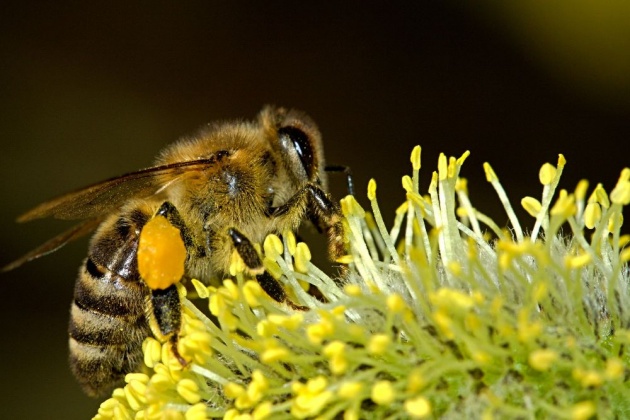 image source: www.pixabay.com
image source: www.pixabay.com
The Bees
Three types of bees exist, and these are:
1. Honey bees – these are the working insects in the bees' society. They do collecting of the initial resource from different flowers/plants, then transform it into a product through their digestive system. The last part is loading the cells of a wax honeycomb with the produced honey. Their count is the highest because the entire swarm depends on the work they do.
2. Queen bee – or the “mother” of all bees. Her responsibility is laying the eggs which give life to new bees, and she is the most protected bee in the family. Its size is larger than the other bees so that it is easily recognizable and for purely biological reasons.
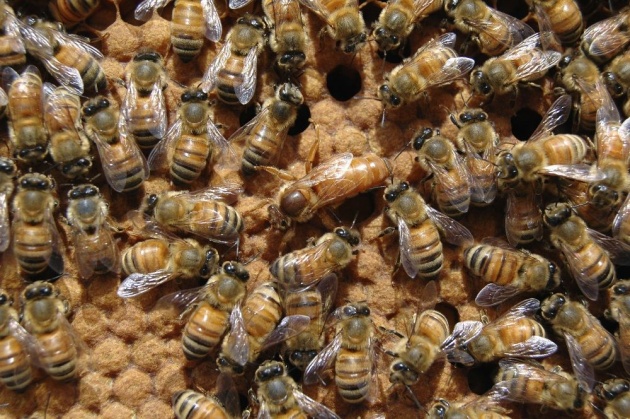 image source: www.pixabay.com
image source: www.pixabay.com
3. Male bees – or drones are the “lazy” bees. They don't produce honey and can't sting, as a difference to honey bees. They are middle-sized bees, compared to the other two types, and it is a bit harder to make the difference between them and regular bees for an inexperienced person. Nevertheless, beekeepers would always know it is a male bee by its look.
Producing honey by the bees
If you are a fan of honey, you probably saw many different types of honey – pine honey, lime tree honey, acacia honey (these are the most popular in Bulgaria). What makes them distinct is the flowers or plants that bees use to feed and eventually produce the respective good. So, honey created using pines is pine honey, and those bees usually live very close to a pine forest, and so on. Many beekeepers even plant intentionally or locate their hives next to specific plant species.
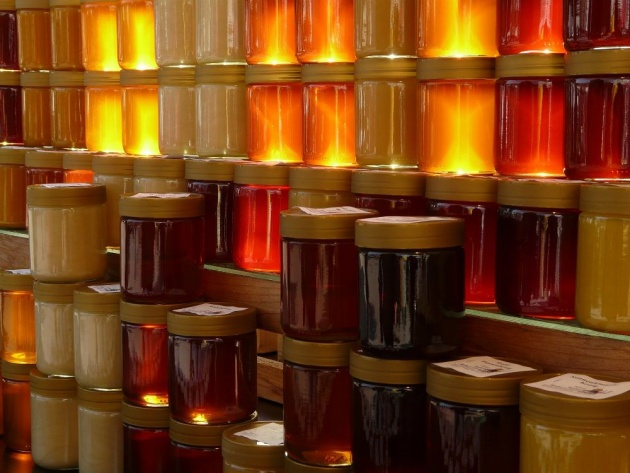 image source: www.pixabay.com
image source: www.pixabay.com
Once nectar is collected it then goes through the entire digestive tract of the bee until it is ready. Bees, used for honey production are bred in wooden hives full of honeycombs. Here are the definitions of both terms: a hive and a honeycomb:
hive
a habitation or dwelling-place constructed for bees, usually either dome-shaped or box-shaped.
honeycomb
a structure of rows of hexagonal wax cells, formed by bees in their hive for the storage of honey, pollen, and their eggs.
Honeycombs used in beekeeping are rectangular wooden frames, which contain flat wax plates with hexagon-shaped divisions (or cells). The honey bees use those cells as a base to build upon, and they expand them in both directions. So, these plane cells become “higher” on the front and the back side because the bees add beeswax to enlarge them and fill them with honey. Bees seal the top of full cells with additional wax.
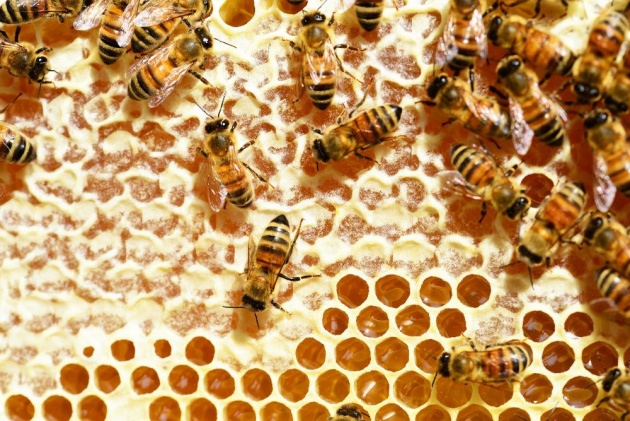 image source: www.pixabay.com
image source: www.pixabay.com
Collecting the honey by beekeepers
Now that the hives are ready, it is the right time for the honey to be collected and prepared for consumption. In my country, individuals stick to several points to complete this process:
• They wear a specific costume (plus gloves and a hat) as a protection from the bees.
• They use a special smoke container to make the bees dizzy and unable to harm them.
• They take the honeycombs out of the beehives and prepare them for extraction.
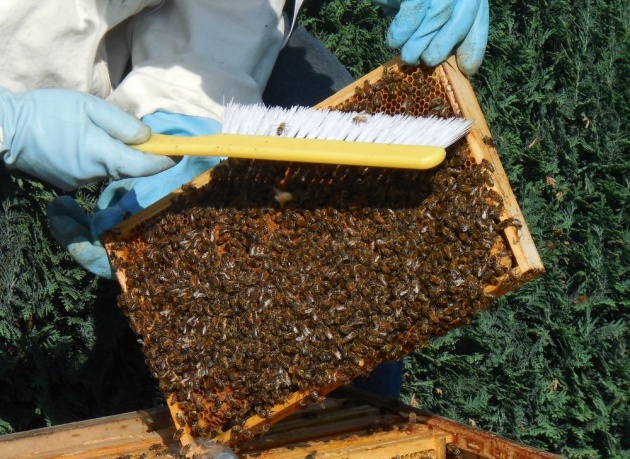 image source: www.pixabay.com
image source: www.pixabay.com
Even though the bees only sting if they feel threatened, it is important to take the necessary precautions when one gets so close to the swarm. The sting is not dangerous unless you are allergic. I've been stung by a bee several times. In one of the occasions, I had my whole hand swollen. So, it is a good thing to ensure safety in advance.
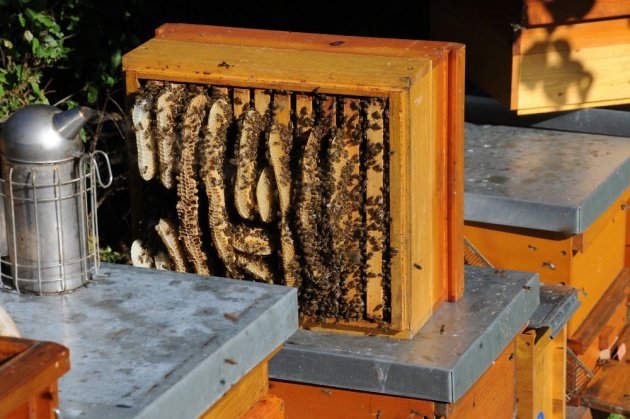 image source: www.pixabay.com
image source: www.pixabay.com
In order to get the honey, the sealed top is removed from the cells with a machine or manually – with a comb-shaped tool. Any additional wax on the sides of the wooden frames should also be removed because it will help further extraction of the honey. The actual pulling the honey happens with a centrifuge – there are different types of those (modern and not so modern). The high speed of the spinning is the reason for liquid honey to come out of the cells. An additional filter clears the product of any hard wax pieces. After extraction, honey can be put in jars, and it is ready for the market.
video source: www.youtube.com
Honey as a food and its health benefits
Many recipes with honey exist. It can substitute sugar in coffee and tea, or it can be mixed with walnuts to form a highly energizing snack. Another popular recipe is a spoon of honey in a glass of water and a few drops of fresh lemon juice. This one is also used to gain more power. Honey is an expensive product in Bulgaria, but it is a lot healthier than sugar. As a comparison, the price of a kilogram honey is approximately 3.5 times higher than that of the same amount of sugar.
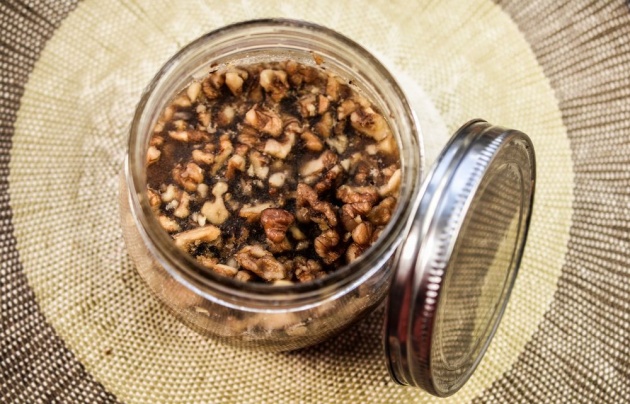 image source: www.pixabay.com
image source: www.pixabay.com
Let's take a look at the health benefits of honey.
• Honey can help against cold and fever in addition to traditional medicines.
• It protects the immune system by removing the toxins out of the organism.
• Honey is the main ingredient in numerous cosmetic products, particularly for wound recovery.
For thorough information about honey and its health benefits, check the video below.
video source: www.youtube.com
A remedy which can be prepared with honey is when you mix it with lard and calendula. The result is a universal cure for a variety of health issues. Honey is widely used in nutrition and is included in sweet prepacked food as in cakes, desserts, and others.
Bee products
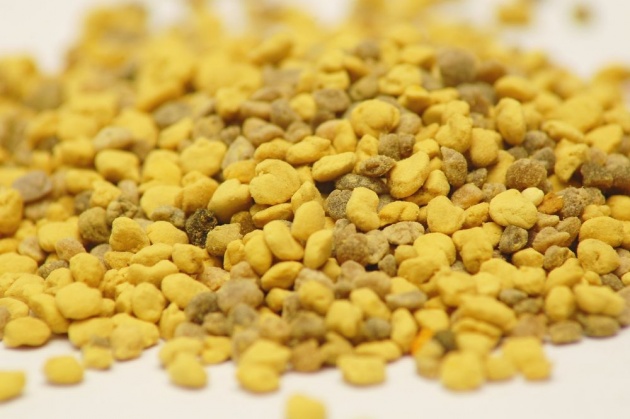 image source: www.pixabay.com
image source: www.pixabay.com
Beside honey, there are products obtained during the process, such as royal jelly, bee pollen, propolis, beeswax, etc. They should not be underestimated. Royal jelly is a highly valued bee product because the amount that can be obtained is considerably smaller compared to regular honey. In regard to bee products' health benefits – it is not ultimately proven if they have a significant impact on human health. The last use I want to point out is making candles from beeswax. The color of these candles is yellowish, if not treated with color additives.
That's all for now. Until my next blog!
Thanks for reading!

image by me
- NinaB



